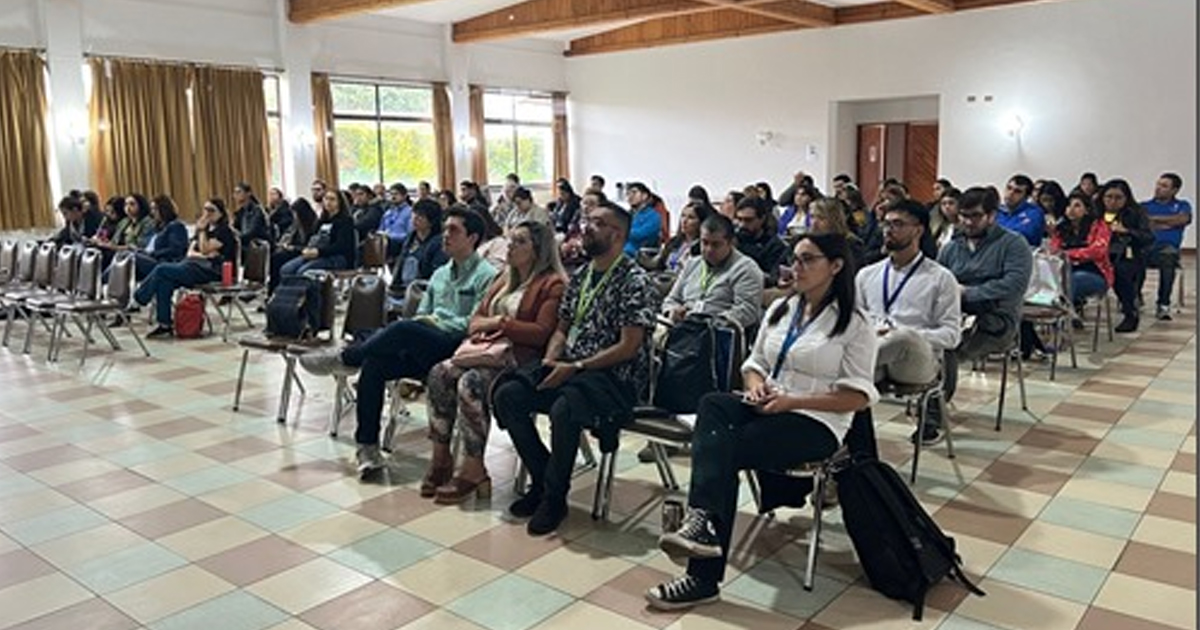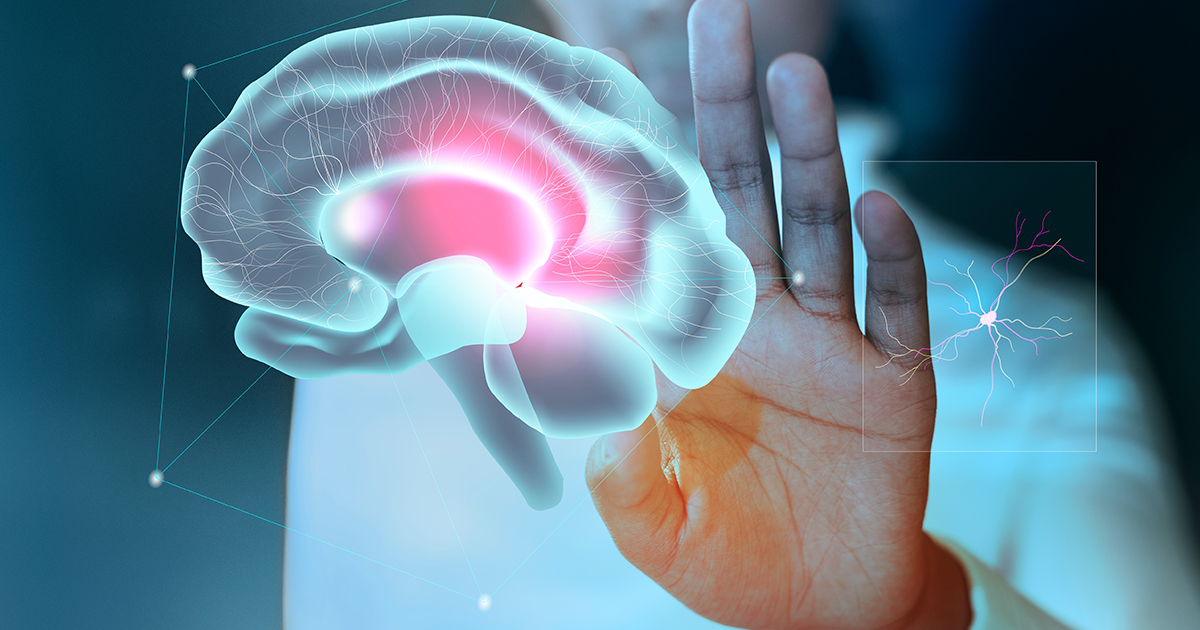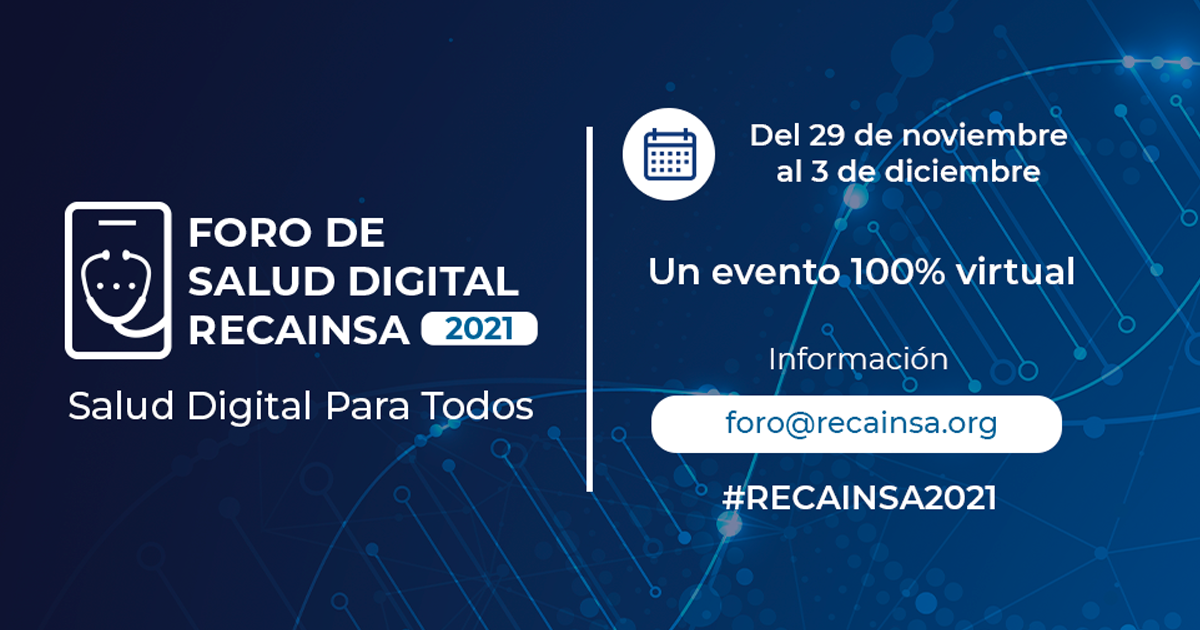The Pan American Health Organization (PAHO) published an analysis on the implementation of telemedicine systems in the Americas.
The document entitled “Barriers and facilitators to the implementation of telemedicine in the Americas”, presents an analysis of the current situation of telemedicine in the Americas; the achievements in the matter in the last decades; challenges and objectives in the new normality after the pandemic; the lessons learned; and opportunities for improvement.
“Academic aspects, public policies, regulations, hospital care and knowledge networks were covered, both in the public and private spheres, with special emphasis on the Region of the Americas,” the document explains.
Among the achievements of telemedicine in the Americas, the authors highlight the creation of university telemedicine networks that have facilitated the connection between educational centers, in addition to benefiting local and state systems.
They also highlight the participation of patients and their empowerment thanks to digital technologies for health care, especially for the prevention and treatment of diseases, for example, during the COVID-19 pandemic.
Another of the advances identified celebrates the inclusion of Digital Health in the Health agendas of national and local Ministries of Health. As well as the use of technologies to streamline procedures related to the provision of medical services.

Regarding the main barriers identified for the adoption of telemedicine in the region, these are classified into five categories:
- Technological: which includes certification standards, adequate information and communication technology infrastructure and interoperability.
- Human and Social: privacy, security, integrity and confidentiality.
- Psychosocial and anthropological: digital gap, in terms of its use and access, organizational culture, professional training, research on real needs and student training.
- Governance: licenses and registration, gaps, grays and regulatory collisions, and the promotion of laws and regulations that encourage and favor the use of telemedicine.
- Economic: lack of data and evaluation methodologies for financing services.
Regarding the lessons learned during the pandemic, the authors explain that cooperation and collaboration both between institutions and between professionals is key to the implementation of telemedicine strategies. "The transformation of the everyday world is more a function of behavior and change in culture than of technology," the document explains.
The writing of the opinions and the analysis of the document had the participation of specialists from organizations and agencies such as: PAHO; the National Center for Technological Excellence in Health, from Mexico; the Italian Hospital of Buenos Aires; the Inter-American Development Bank; the Ministry of Health of the City of Buenos Aires; Salud.uy, from Uruguay; the University of Sao Paulo, Brazil; the Central American Network of Health Informatics; the Continental University, Peru; the Open University of Catalonia, Spain; the National Network of Education and Research; as well as an international consultant from Colombia.
You can consult and read the full document at the following link: https://iris.paho.org/bitstream/handle/10665.2/54981/v45e1312021.pdf?sequence=1&isAllowed=y






